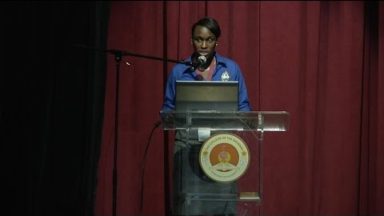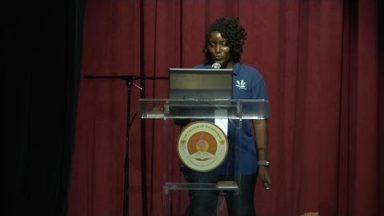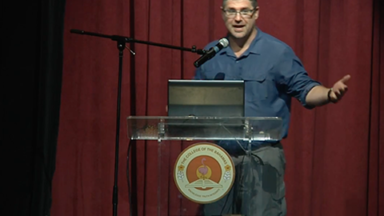Working to Curb Live Wildlife Trafficking in The Bahamas and Trinidad and Tobago
Presented by Scott Johnson
Scott Johnson, Laura Baboolal, Kareena Anderson, and Sharleen Khan
Wildlife trafficking has been a major problem and of great concern in the Caribbean due to the fact that the region is a biological hotspot which is a geographic area that contains a high diversity of species (Myers et al., 2000). There are over 10,000 species of vascular plants and over 1300 species of vertebrates that have been described in the West Indies (Hedges, 2001). Because of the growing demand for wild animals and its products due to the pet trade, medicinal purposes, fashion, cultural items, trophies and food, wildlife trafficking has been an ongoing issue for many years throughout the world. In the West Indies archipelago, the islands of Trinidad and Tobago and The Bahamas are used as transhipment points to other countries. Many of the local species in both areas are feeling the negative effects of wildlife trafficking. There is an urgent need to reduce the threat of wildlife trafficking. From data gathered by interviews and from reviewing previous assessments there seems to be a lack of capacity to identify and distinguish legal from illegal wildlife and its products which allows the illegally trafficked species to go undetected (Alie, 2010). This represents a major bottleneck in the enforcement and prosecution of wildlife crime. The adoption of quick and accurate methods to identify illicit material would greatly facilitate customs, border enforcement (airport security, custom officers, coastguard and wildlife authorities. The Wildlife Trafficking team of the Conservation Leadership in the Caribbean (CLiC) Program as well as other departments and organizations in the Bahamas and Trinidad and Tobago is currently working on ways to reduce the amount of illegally smuggled wildlife being taken out of our country.







Recent Comments